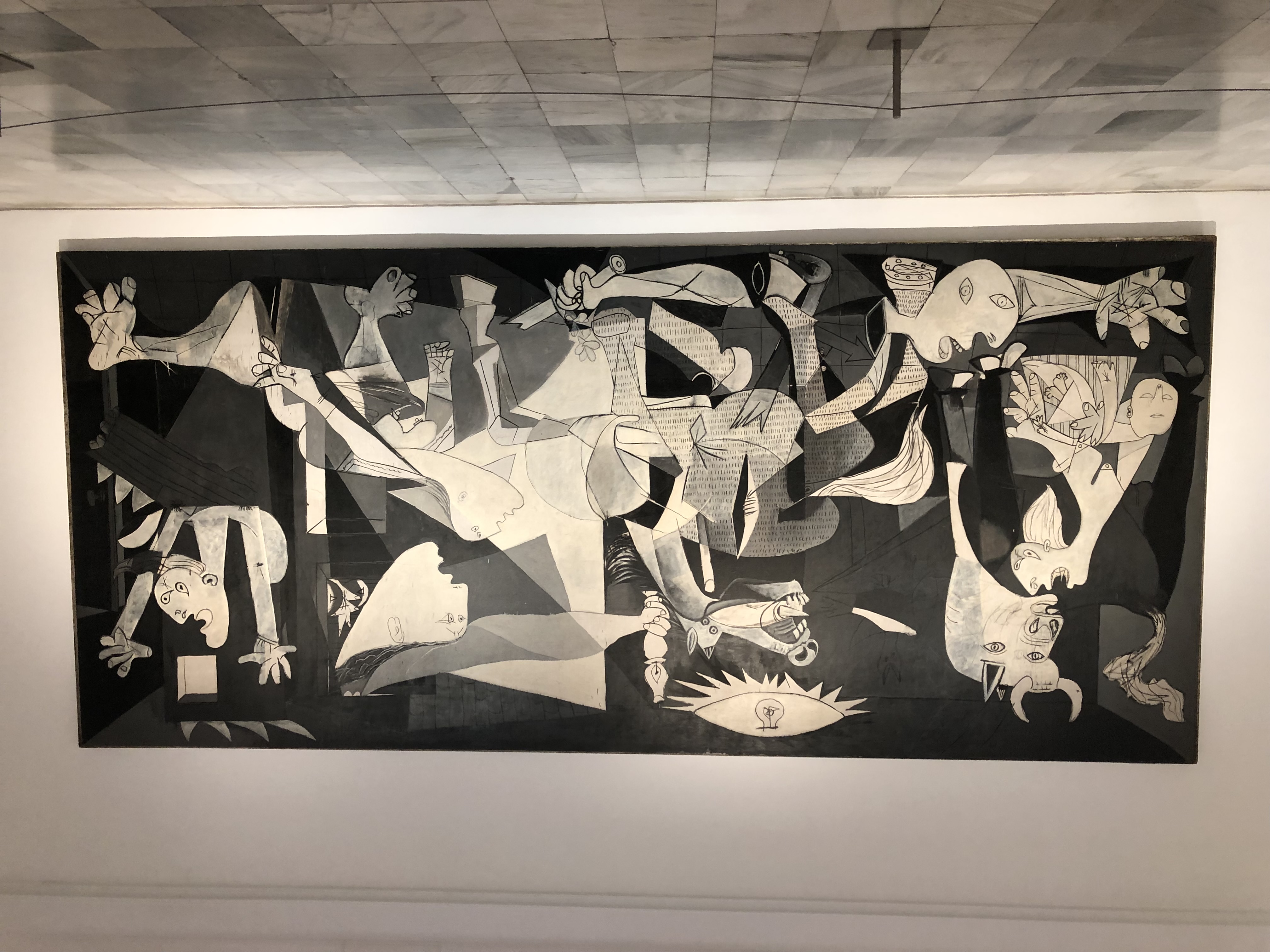
Whenever I’m writing a book, the research I do to enrich my story’s authenticity takes me to new heights. My latest novel about an artist depicts Arcis, an artport for art storage. This mighty fortress, located high on the hill in Harlem, is purposefully situated on higher ground to steer clear of the hurricane zone that troubles the rest of Manhattan.
The mission of Arcis goes beyond storing and caring for valuable art. Arcis is a tax haven that shields mega high-net-worth art collectors from having to pay taxes (sales tax to the city of New York and duty to U.S. Customs.)
Getting to Arcis is easy. Take the #3 subway, get off at 145th street and you will find yourself across the street from Papa John’s Pizza, Jumbo’s Hamburger, and KFC. Most of the people waiting by the nearby bus stop are of modest means.
Arcis is also easily accessible by car. Traveling north on Adam Clayton Powell Jr. Boulevard, notable landmarks include Perfect Creation Hair Salon (featuring a Dominican hair Stylist), and the Infinity Mennonite Church. On the corner of West 146th Street, United Fried Chicken shares space with United Pizza.
Not far from Arcis, the Neighborhood Benches Clubhouse at 200 West 146th Street is a little hole-in-the-wall glass storefront that houses a community development program. The program assigns mentors and positive role models to youth in trouble to reduce crime and prevent recidivism. Someone should tell them that the real criminals dwell in Arcis.
On West 146th Street a long thin empty lot looms large among the brownstone tenements. Signs noting police surveillance are posted on the utility poles and above street lamps. One building that does not look like any of the others comes into view. This building resembles a galvanized steel gate. Large yellow warning signs mark every one of its doors: U.S Customs and Border Protection. WARNING: This is a U.S. Foreign Trade Zone.
Located at 122 West 146th Street, the Arcis artport is a $50 Million building that boasts of having 110,000 square feet and astonishing technology. The cavernous building is a labyrinth of many doors, and only one door can open at a time. Its security protocols rely on biometrics. Iris scanners and blood vessel scanners are utilized to allow visitors into the building. Once inside, visitors are ensnared in a holding space described as “the mantrap.”
Arcis is legally classified as a Foreign-Trade Zone, which means it is physically located in the United States but not really. Art changes hands and obscene amounts of money flow freely between the parties, but it’s all tax free. For wealthy art collectors, dealers, and consultants, transacting business in an artport results in considerable savings—all very profitable without the headache of having to pay taxes.
Aside from being tax free, what goes on at Arcis stays in Arcis. Every business dealing is kept hush-hush. The art kept at the facility is a closely guarded secret. The estimated value and description of any work is never divulged to a third party. If someone, say a serious buyer, would like to see a work, then viewing rooms are available. Same goes for the owner who simply wants to view his prized assets, or show them to a potential buyer.
Artports are more than storage facilities but are built to adhere to the strict temperature and climate necessary for art preservation. Artports are located in in cities or countries known to be tax havens. Two artports are located in Switzerland, others are located in Luxembourg, Singapore and Delaware. It has been well documented that hundreds of billions of dollars of art are stored in these facilities—all of it under the radar, and hidden from the public or the prying eyes of the tax man.
While none of us particularly like to pay taxes, it is horribly unfair that the rest of us traveling to the four corners of the earth are forced to play by a different set of rules. If we buy anything outside of the United States, we must declare the sum total of expenditures upon our reentry home.
Any articles purchased for personal use—and that includes art, apparel and alcohol, are subject to a flat 4% duty rate, assuming the total value is around $800 and no more than $1,800. Slightly different rates apply to alcohol and goods purchase in Cuba. Have a hankering for Cuban cigars? Watch your piddling pennies saved by buying cigars in Cuba vanish before your pedestrian eyes.

The big boys pay nothing for their Pablo Picassos, Gerhard Richters, and Andy Warhols that fetch millions. Just to give you an idea of the high price of art that could be stored in artports, Andy Warhol’s Shot Sage Blue Marilyn sold for US $195,040,000. And while this is extreme for high priced art, every painting stored in an artport is valued at millions, far less than the price of Cuban cigars.
Is it legal? Absolutely. Laws favoring the top one percent have increased with the intensity of a storm surge. (Arcis opened its doors in 2018, the year after the uber-rich were given massive tax cuts.) It’s not fair that the rich get richer and everyone else is nickel and dimed to death. Take a trip to West 146th Street, where you will see the real New York City, just like you pictured it—some people wait for the bus or take the #3 subway, others arrive at Arcis in town cars and limousines.
##
Links of Interest:
https://www.arcisartstorage.com








